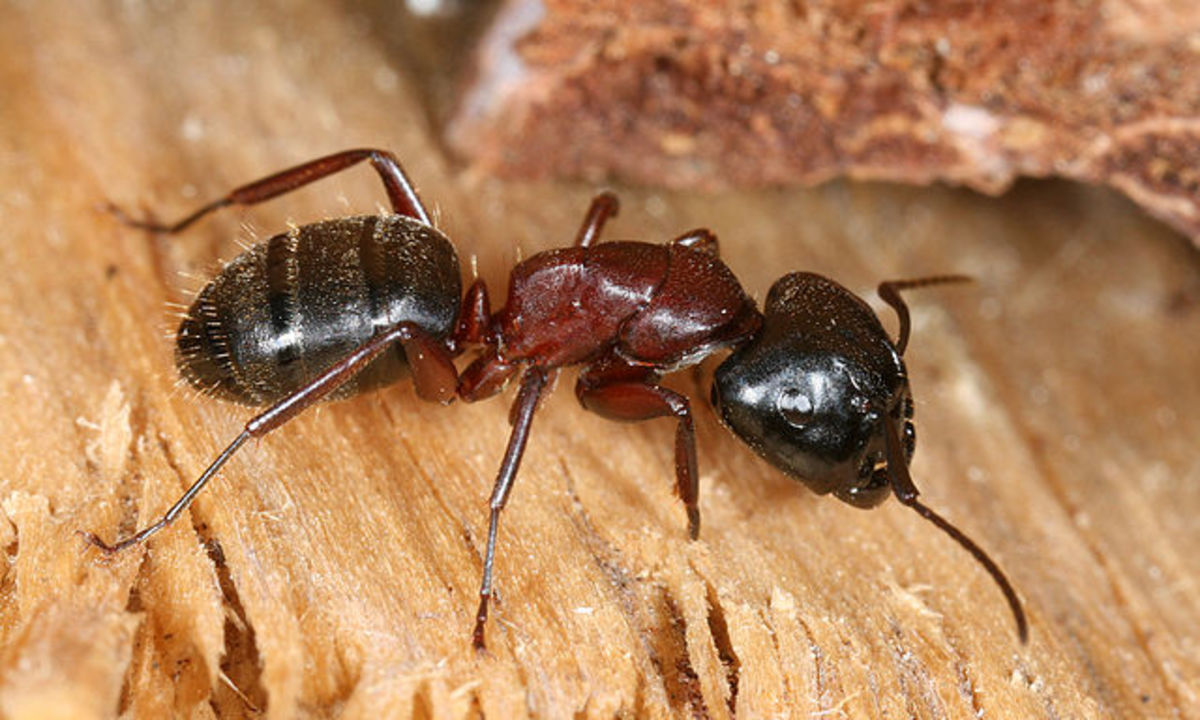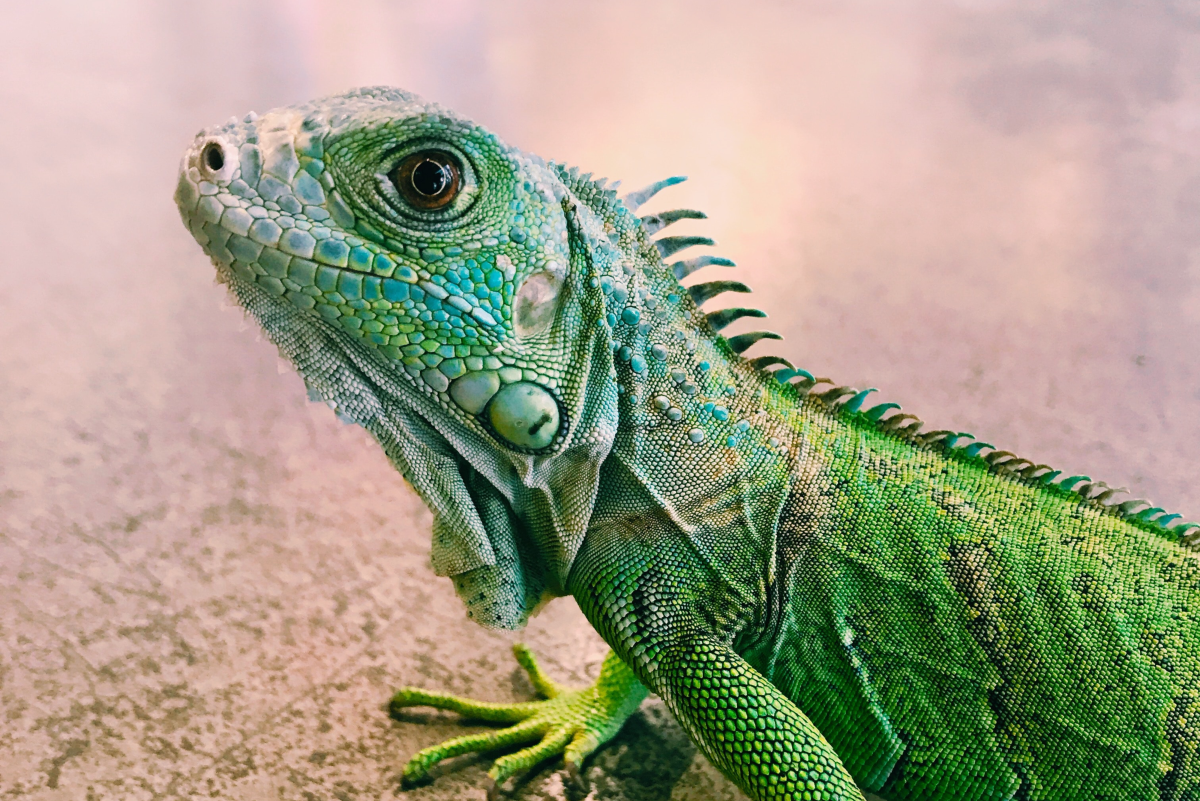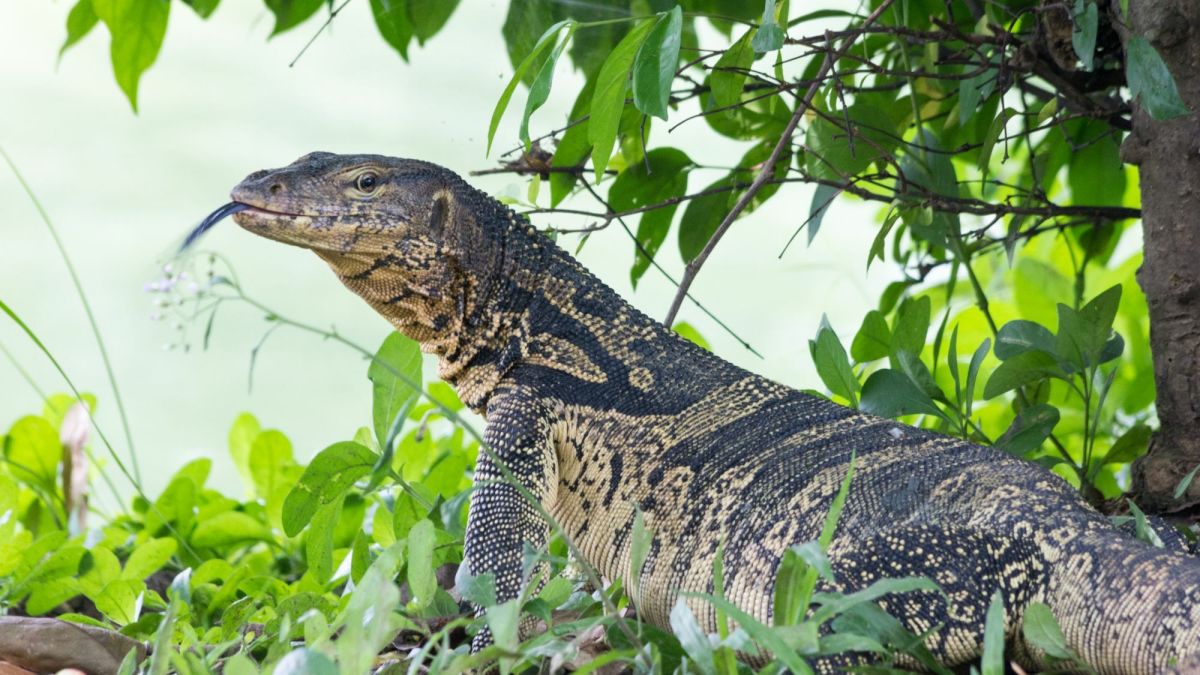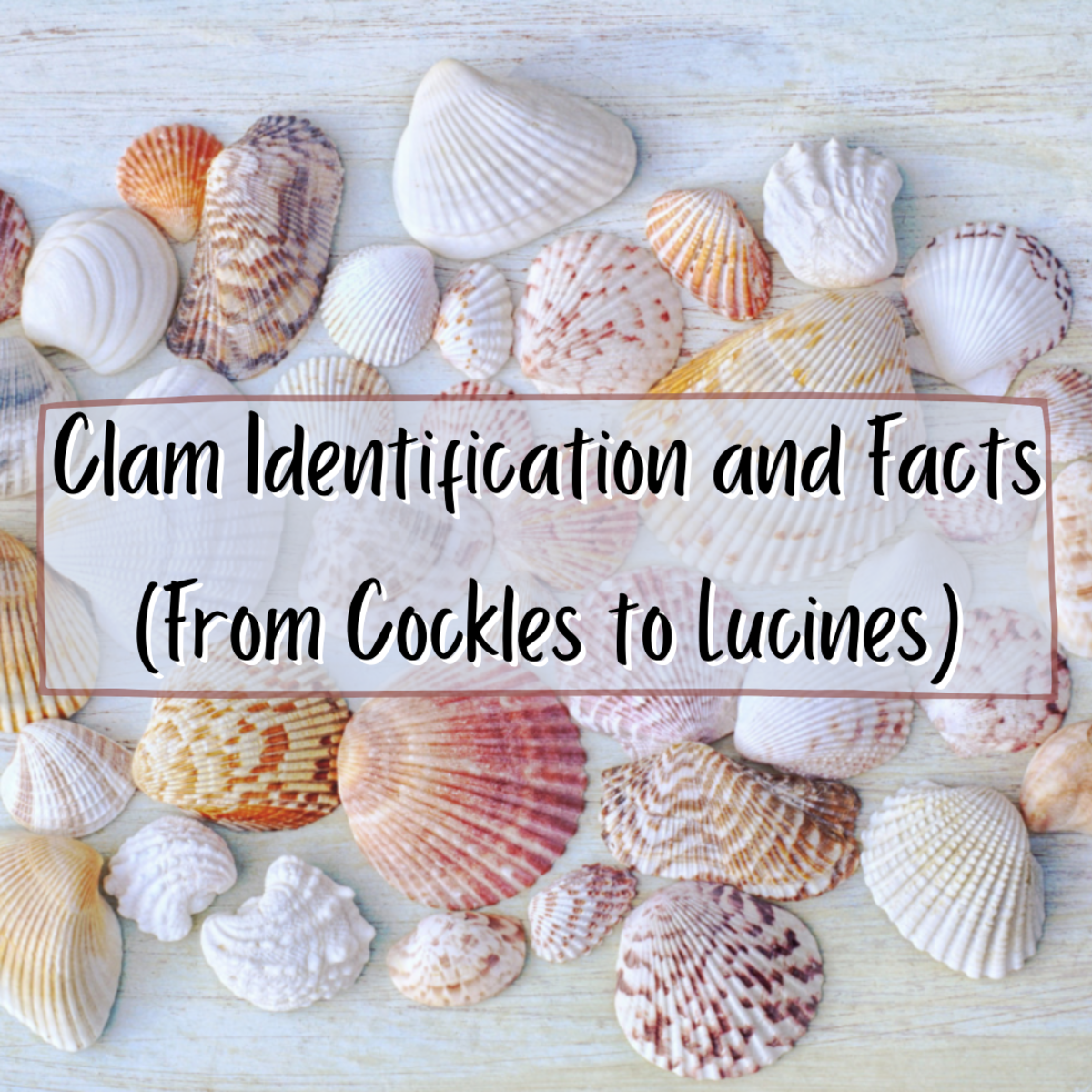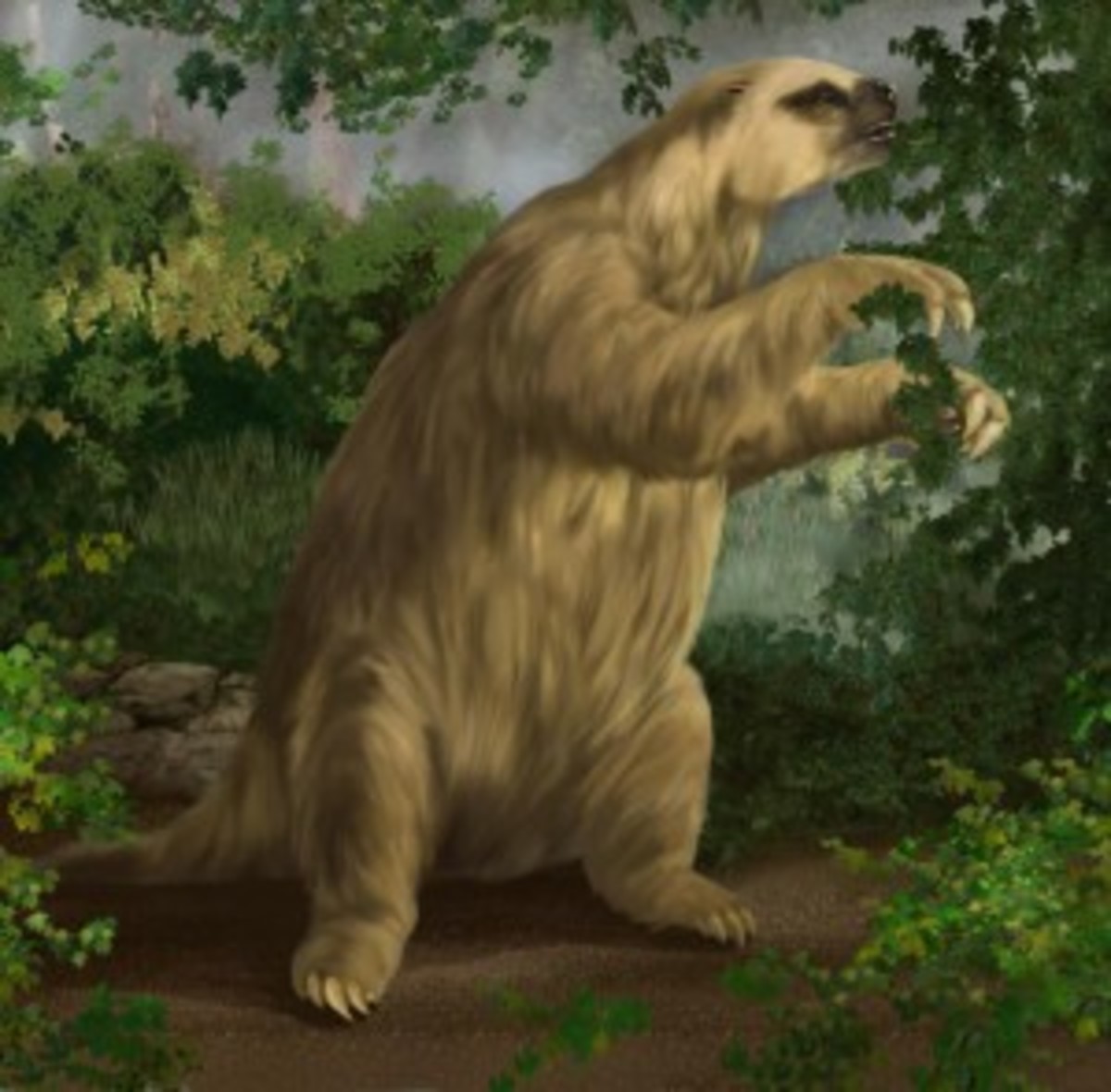Top Ten Animal Defense Mechanisms
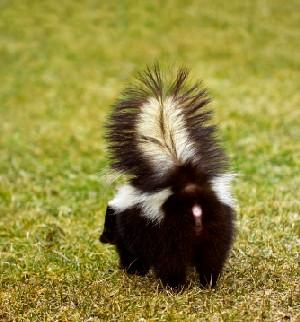
10 Stinky Skunks
It’s common logic to every living creature to not eat something that smell disgusting. The skunk takes this to the extreme by releasing its foul smelling liquid up to 15 feet away in the form of a spray or stream. This noxious liquid is made in two glands located in the rear end of the skunk it is released through the anus. If a creature is sprayed in the eyes it will cause irritation but will not lead to permanent loss of vision. After spraying a skunk will have plenty of time to escape from its pursuers who will then learn not to mess with it.
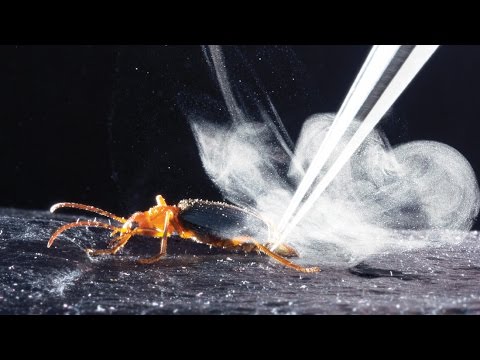
9 Bombardier Beetle
These insects spray an annoying liquid all over any animal foolish enough to attack them. Some 1,400 species of these bombardier beetles have the ability to release this aggravating and disgusting liquid. To accomplish this they generate heat with a gland in their abdomens that are used to force the liquid out of their rear ends. This happens very fast within the body of the bombardier beetle, within fractions of a second and the entire process has only completely been understood until recently.
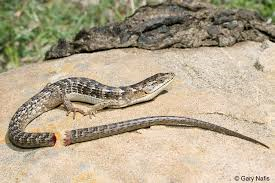
8 Lizards Losing Their Tails
Distracting your attacker by sacrificing a part of your own body may seem extreme but many small lizards use this as a defense mechanism. These lizards can disconnect their own tails at will without using their legs to pull if off. Once the tail is cut loose it moves around erratically going left and right and up and down. This confuses the predators into believing that the tail itself is a living creature and they focus on it instead of the lizard who runs off to safety. It is believed that this ability for a lizard to lose its tail came from the snakes, a common predator for them. If a snake bites its tail infecting the lizard with venom then instead of dying they can detach the the tail and still live.
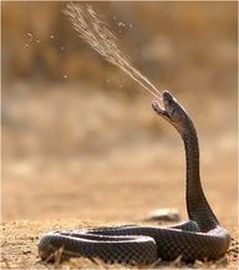
7 Spitting Cobra
Being able to kill attackers with just one bite is an awesome form of self defense in itself. Yet these snakes take it one step further and increase their range of attack by being able to spit their venom. No matter how lethal their venom is a snake is always vulnerable to being trampled by a larger animal. To solve this problem some cobras can land their spit up to 8 feet away on an imposing animal. The catch is that in order for the venom to be effective it must get in the eyes of their assailant. Once in an animal’s eyes the venom can cause permanent blindness. Spitting is only used as a means of defense and never used on the snakes prey.
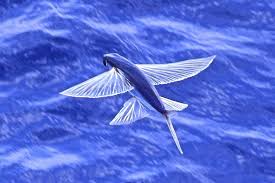
6 Flying Fish
Flying to avoid danger is nothing new birds do it all the time, what is amazing is that about 40 species of fish can leap out of the water to evade predation. This astounding ability comes from the fishes torpedo shape, which reduces drag in the water and allows these creatures to build up enough velocity so they launch themselves in the air and glide using their fins which act like wings. While attempting to take off the flying fish reach speeds of 37 miles per hour, going about 4 feet above the water. Once in the air these creatures can travel a jaw dropping 655 feet.

5 Platypus Venom
One of the strangest animals in the world, and found only in Australia the platypus also one of the few mammals in the world that produces venom. Only the male platypus has venom, which is delivered via spurs on its hind legs. Any creature that is injected will feel severe pain like that of several bee stings and may not fully recuperate until weeks later. It is believed that the male platypus uses its venom primarily to stun its rivals, since it is only produced during the breeding season and is not use to catch prey.
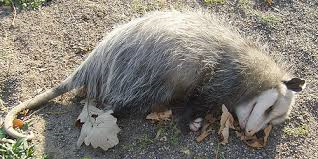
4 Opossum Playing Dead
Simply fainting and waiting for danger to pass may seem rather foolish and counteractive but it is effective for the opossum. Predators love to hunt down and catch them but it seems that when they don’t put up a fight they lose interest in the opossum. Opossums also release a disgusting odor while they are pretending to be dead to help add to their act. Many predators will not eat animals that are dead because they associate dead animals with potentially deadly bacteria and diseases. The hognose snake similarly employs a rotten scent while playing dead. Other species that play dead as a means of self defense include the fire-bellied toad and leaf litter frog.
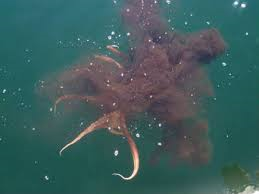
3 Squid & Octopus Using Ink & Camouflage
Many species of squid an octopus use ink as a mean of defending themselves from attackers such as whales. Although the ink itself does not have any harmful or lethal effects on any marine animal it does give the squid or octopus time to escape. Squids in particular have small ink sacs behind their eyes and a bigger ink sac in their body. After the ink is released the squid then forces water out of its body helping to quickly cloud the water, then the squid swims away to safety. In addition to the ink squid and octopus have the ability to change color and to camouflage themselves with the surrounding environment.
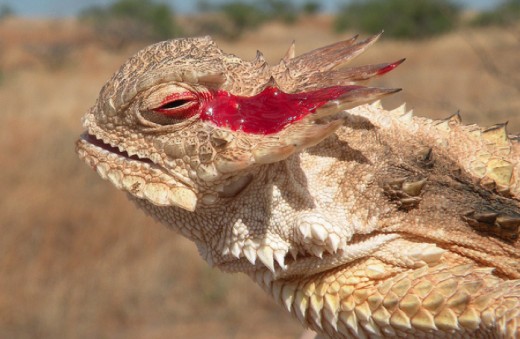
2 Horned Lizard Squirting Blood
Of the 17 different species of horned lizards, most have the capability of squirting blood from their eyes as a means to protect themselves from potential threats. The only animals they will use this disgusting defensive mechanism are bobcats, coyotes, wolves and other dog-like animals. When these horned lizards are threatened they can shoot their blood about 6 feet out of their ocular sinus, which is pouch located under their eyes. The blood is most effective when it gets in the mouth of their attacker it typically takes 15 minutes for the predator to rid the disgusting taste from its mouth. By then hopefully the horned lizard will make its escape or the predator will take it off the menu.
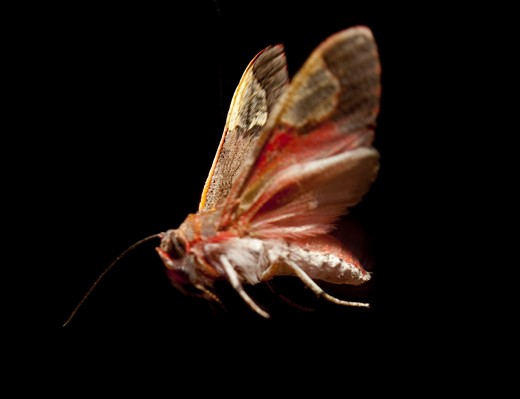
1 Tiger Moth Foiling Echolocation
These Tiger moths have found a way to fight the echolocation that the bats who prey on them use, effectively blinding the bat so they can make their escape. By making their own series of high-pitched clicks Tiger moths confuse the bats, in a study about a third of the bats showed visible signs of hesitation while in pursuit of these moths. Moths who did not make any ultrasonic sounds were about 4 times as likely to be eaten by bats as compared to the Tiger Moth with their echolocation jamming ability. Other species of moth try to make sounds in an effort to fool their pursuers into thinking they taste terrible.

